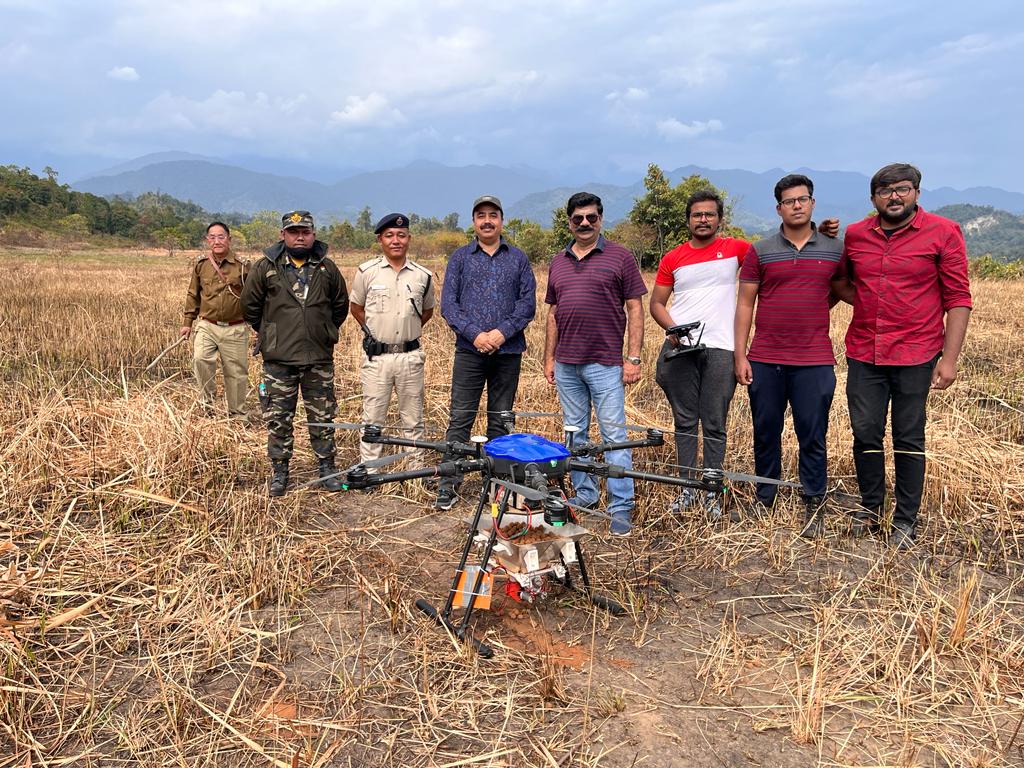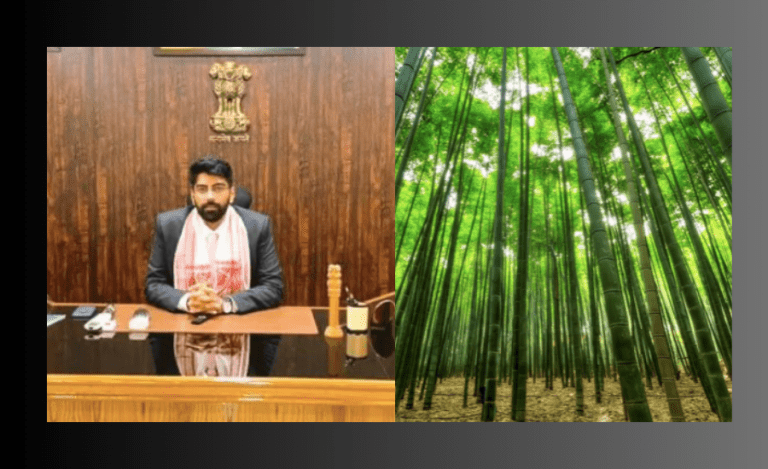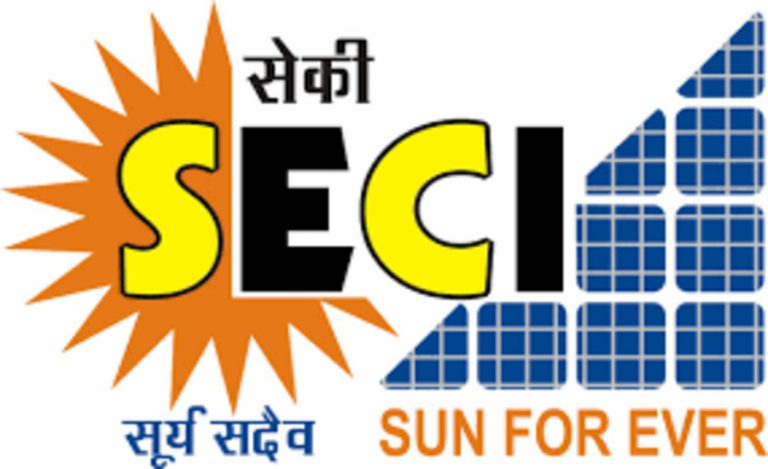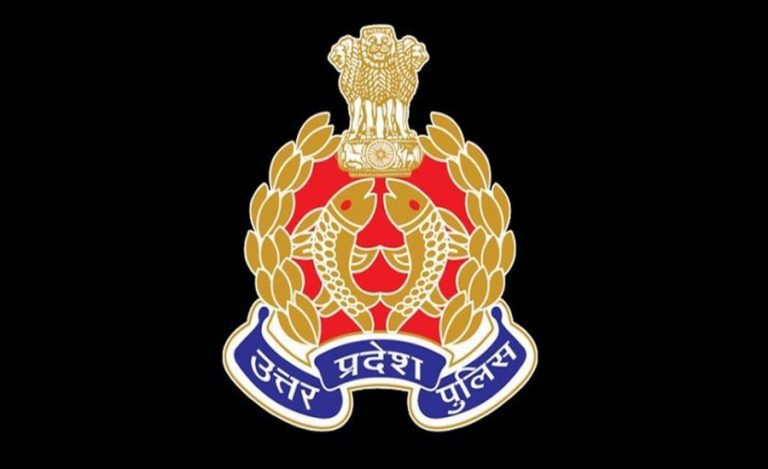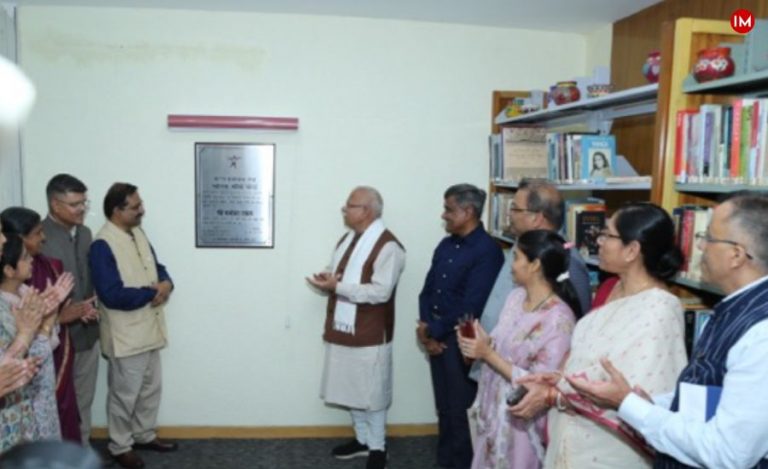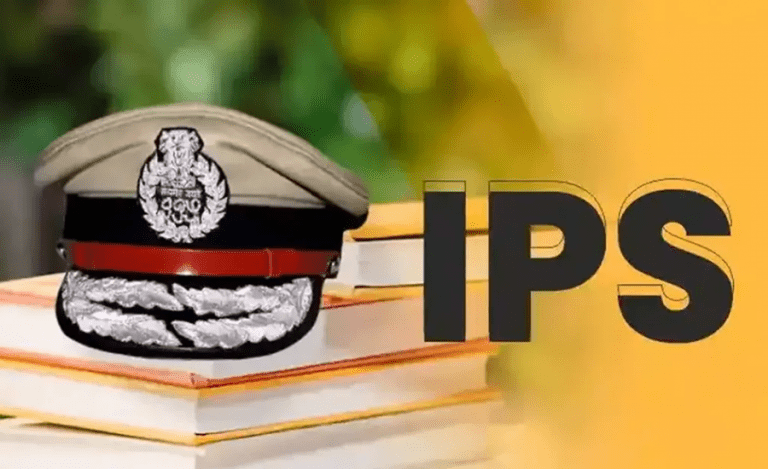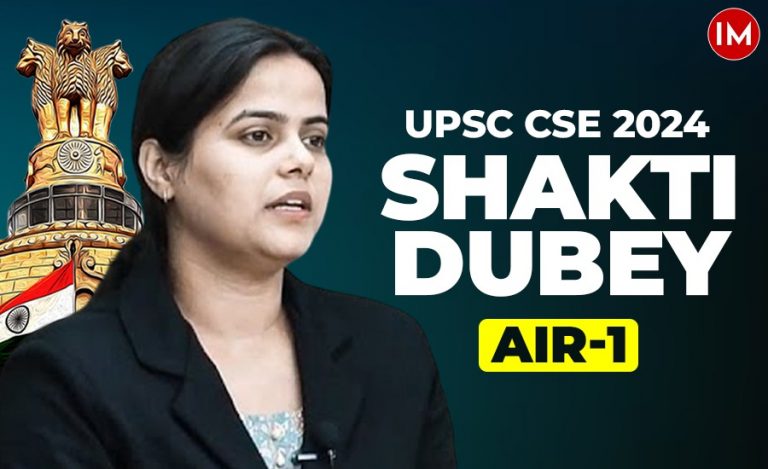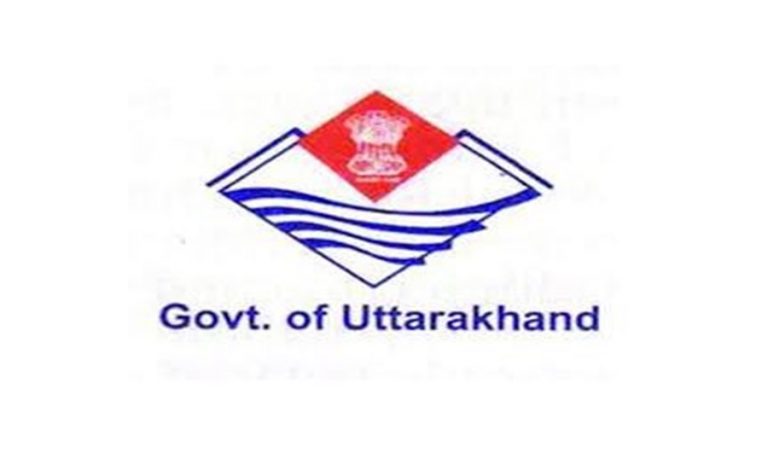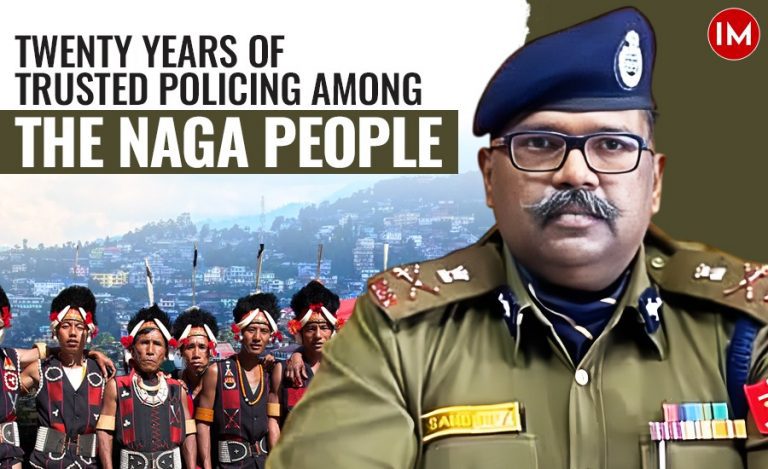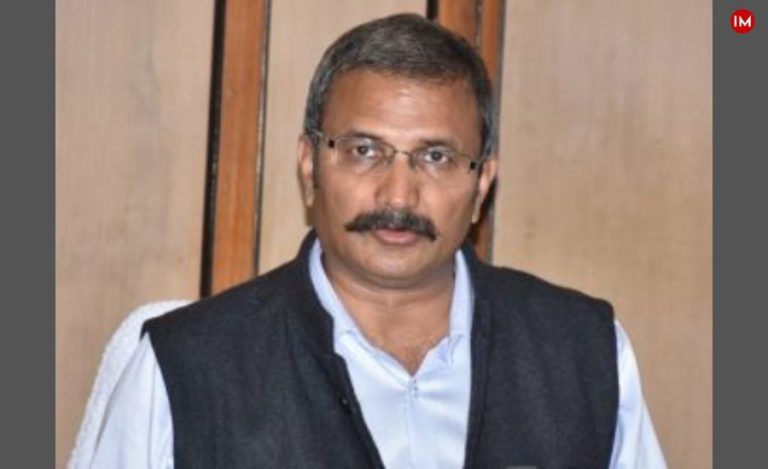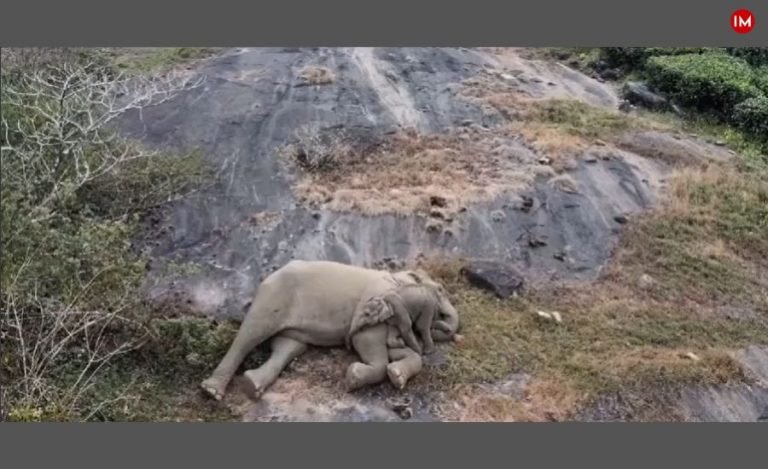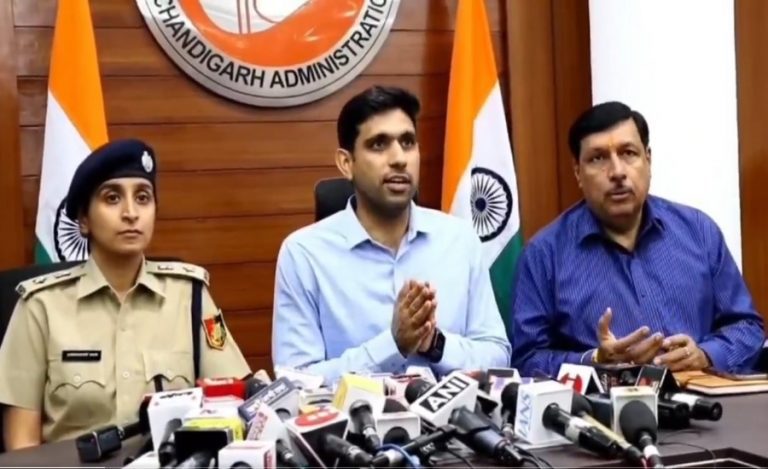In a rapidly changing world of technological marvels, only those who keep pace with the latest technology and use it to their advantage can bring about positive changes anywhere, be it at workplace or in the environment. One such technology is drone-based plantation, and it is being used to grow and expand forest cover. It is a new and innovative way of planting seeds in difficult terrain where reach is limited, and slope gradient is high.
Seed balls are created from a mixture of clay and manure with a seed in its core.The seed ball provides necessary moisture and nutrients required for germination of the seed. It solves the issue of plantation in remote and inaccessible areas. At the same time, members of communities living in those areas get employed for making the seed balls.
A seed ball project is currently being implemented in the Khellong Forest Division in Arunachal Pradesh, under the supervision of IFS officer V K Jawal. The project is a part of introducing drone technology in the state in the forestry sector, under which,more than 2,00,000 seed balls will be planted in 200 hectares area. It is still in progress, and almost 100 hectares have been covered till now. During the first experimental phase of the project, 200 hectares of degraded land will be planted using seed balls dropped from a drone called Seedcopter.
Indian Masterminds interacted with 2006-batch IFS officer V. K. Jawal, who is DFO Bhalukpong, to know more about this initiative.

SEED BALL PLANTATION
The drone-based seed ball plantation project is new in the state. Mr. VK Jawal said, “Seedball is basically a new technology through which we can rejuvenate the degraded forest areas using drones.As per the requirement, we have selected 200 hectares of area, where 2 lakhs seed balls will be planted. In 15 days, we have completed more than 10 hectares of plantation.”
A simple technology that is based on the viability of seeds is used here. The seeds are placed inside seed balls that are made up of a mixture of soil, nutrients, and coconut husk dust.
“We drop the seed balls on targeted area through drones. We verify whether the seed balls have touched the ground or not. Once the seeds are on the ground and rains fall on them, they melt and germination takes place.”
The seed balls are prepared in phases with the help of local communities and self-help groups.Thus, it also generates employment in the area.
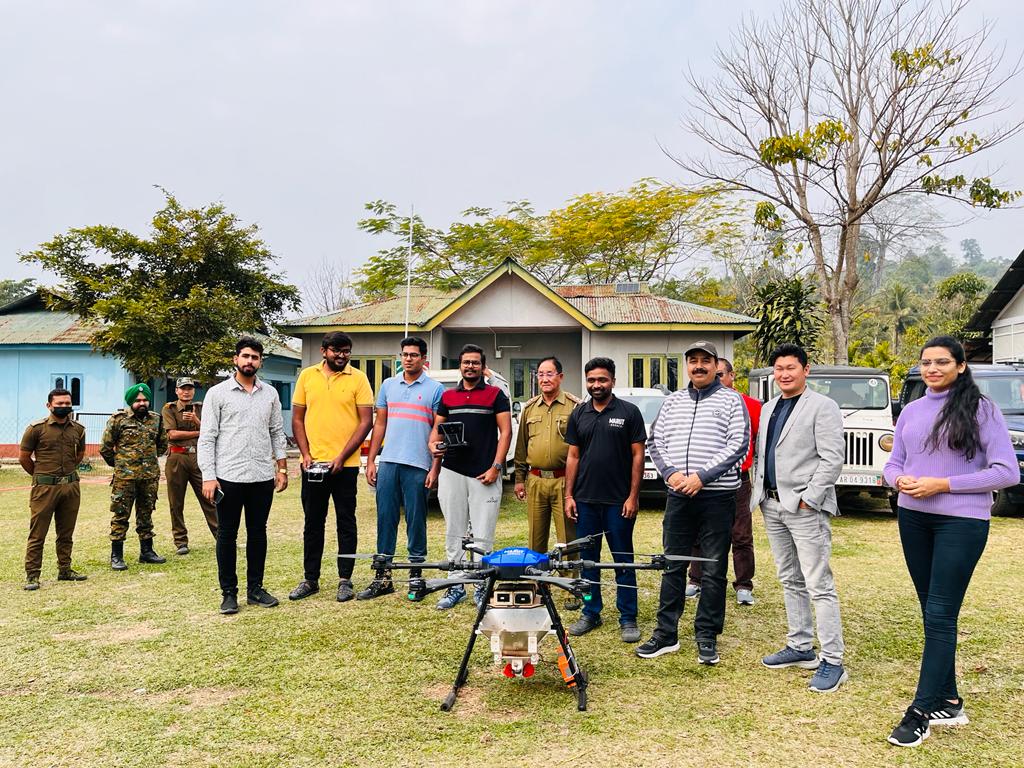
PILOT PROJECT
Mr. V K Jawal further said that seed balls can be put to best use in hilly and inaccessible terrain to develop green cover with the help of drones.
“This pilot project was started in February in my forest division. Once upon a time, seeds were dropped by helicopter. But those seeds used to get scattered here and there. But seed balls are heavier than the normal seeds,so they fall on the target land because of gravity. The drones’ carrying capacity is also good and they can carry almost 9 to 10 kg seed balls at one time.”
BENEFIT
The drones are not only used for dropping seed balls. They are also used to carry out scientific survey to find out how much area have been covered. Mapping and location survey is also done side by side.
“Earlier, we used to first do survey, then plant. People had to climb hills walking, so progress was slow. But now, we have integrated two things: we easily do the survey and develop KML files and digital maps with the help of drones. So, an authentic information document is developed alongside the plantation activity.”
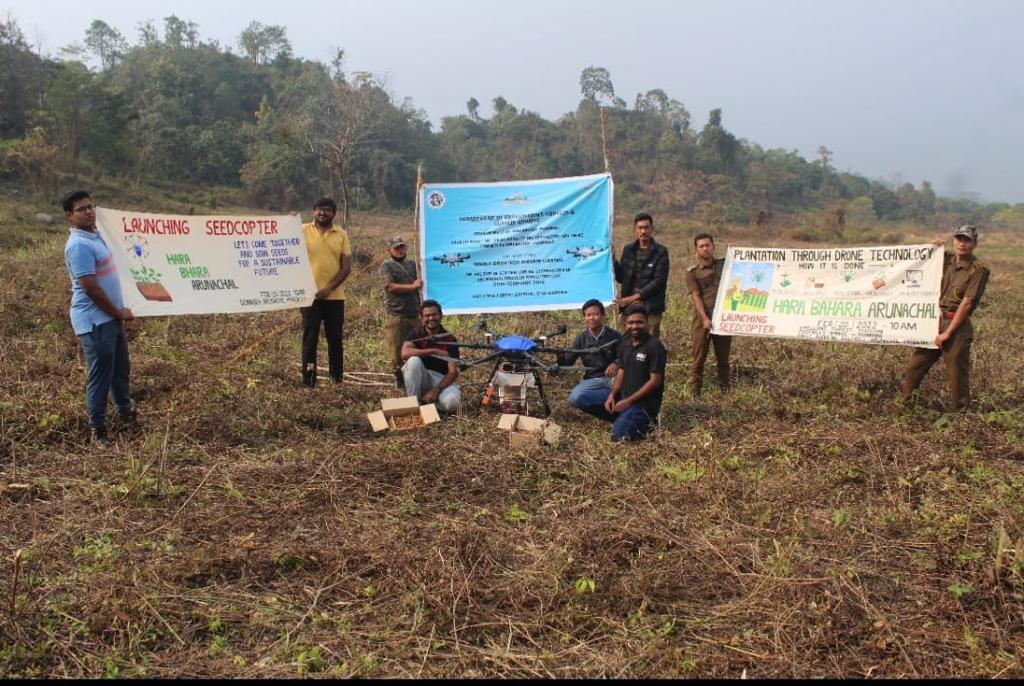
THE ROAD AHEAD
On future plans, the officer said that they have been meeting with senior officials in the Chief Minister of Arunachal for expansion of the project.
“We are trying to expand it to all other divisions in Arunachal. It is the future for plantation in the state, especially in the inaccessible areas.”
Seed Balls & Drones, Win-Win proposition.🍃
— Ankit Kumar, IFS (@AnkitKumar_IFS) February 21, 2022
The duo solves the issue of plantation in remote/inaccessible areas whereas members of forest fringe communities get employment in terms of producing the Seed Balls.
Pilot Project on Reforestation Using Drones in Arunachal Pradesh. pic.twitter.com/PeskmM22sn

